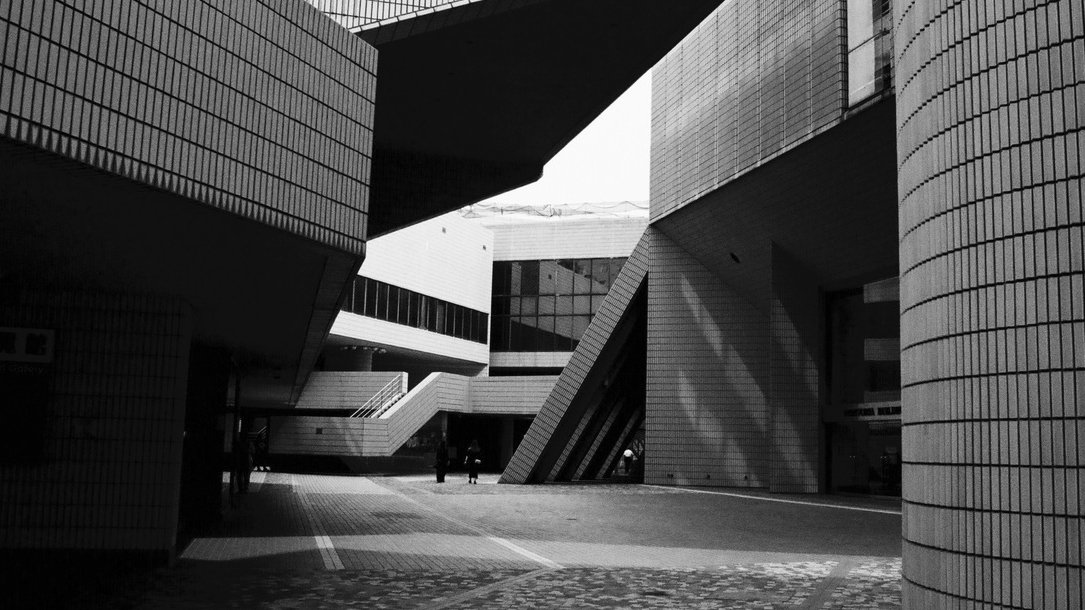Your cart is currently empty!

Graphic
The relationship between the lines, shapes and forms produces an aesthetically pleasing visual presentation that attracts the reader to the picture. Static subjects gain strength when an attractive graphic composition is used to capture the attention of the viewer.
Graphic Elements
- Lines
- Shapes
- Textures
- Mass
- Form
- Color
- Space
- Light
Graphic Principles
- Contrast
- Unity
- Balance
- Variety
- Pattern
- Movement
Quality of Light
The use of natural and/or artificial light enhances the subject and contributes to the storytelling capabilities of the image. Photographers prefer to make outdoor pictures early in the morning or late in the afternoon to take advantage of the setting or rising sun’s shadow, highlights and warm light.
Rule of Thirds
Many photographs can be divided into visual thirds by drawing imaginary lines dividing the image into equal thirds both horizontally and vertically. The subject and Important elements of the composition are placed where the lines intersect. This visual rule has been used in painting for hundreds of years. Following the rule precludes placing objects in the center of the picture.
Sense of Place
A sense of place is an important element especially in documentary photography, as readers gain context and understanding when a sense of place is established.
Layering
Dominant foregrounds and informational backgrounds provide context to pictures. Photographs with a strong point of entry supported by story telling information in other layers of the image is a classic photo-journalistic approach.
Juxtaposition
Juxtaposition is an effective and powerful storytelling device. It is the photographic presentation of opposing or contrasting elements which often convey a sense of irony.
Perspective
Photographers seek unique perspective for their pictures to give their viewers a different look or angle, something they cannot see under normal circumstances.
Point of Entry
The point of entry is the spot in a picture that immediately catches the eye, drawing the viewer into the content of the photograph.
Emotion
Human beings display a wide range of emotions when they win, lose, are sad or joyful. Photographers capture these emotions in their attempt to tell the stories of their subjects.
Mood
Photographs can communicate a feeling or a state of mind.
Impact
Impact provokes an immediate, powerful and emotional response from the viewer.
Surprise
Surprise – images that show viewers the unexpected. A good place for the often overlooked part of life, humor!
Moment
With every press of the shutter, the photographer chooses the exact moment to record an essential truth about a person or event.
The French photographer Henri-Cartier Bresson told the Washington Post in 1957, “Photography is not like painting. There is a creative fraction of a second when you are taking a picture. Your eye must see a composition or an expression that life itself offers you, and you must know with intuition when to click the camera. That is the moment the photographer is creative,” he said. “Oop! The moment! Once you miss it, it is gone forever.”